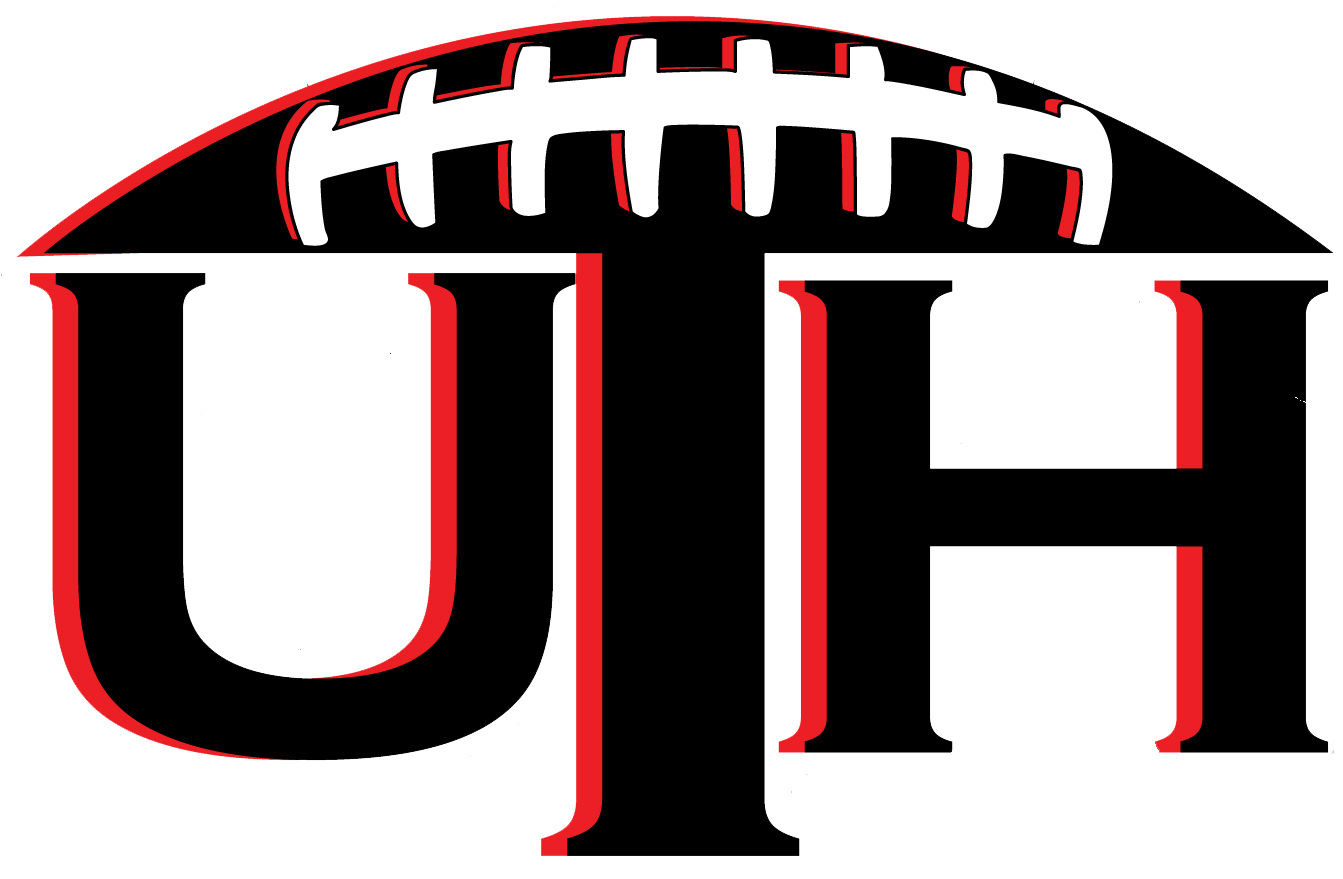As the 2016 season comes to a close, we here at UTH are in a reflective mood. We are doing a series of Lessons Learned from the 2016 season. The aim of the series is to identify where we have improved in the process of dynasty ownership. By looking critically at our tendencies, successes, and failures, we can sharpen our skills going forward.
Do Not Mistake Strong Dynasty Roster for a Contender (Jordan McNamara)
I entered the season in one league with a number of young receivers. They were highly valued in dynasty. When you looked at rankings or trade calculator values, these receivers had high numbers. In a league where I could start five receivers, my receiving corps was highlighted by Allen Robinson, DeVante Parker, Kevin White, Josh Doctson, Corey Coleman and Michael Thomas. By my count, I had six of the top 25 dynasty value wide receivers. With Sammie Coates, Nelson Agholor and Chris Conley rounding out my depth, I looked great.
What I overlooked was this was a roster loaded for a dynasty team. Not a 2016 contender. Six top 25 receivers in dynasty did not mean I had six top 25 immediate contributors. What I had was one superstar (Robinson), two high picks who had yet to prove reliable in a lineup (Parker and White) and three rookies (Doctson, Coleman and Thomas).
Seeing the team as a contender in August, I set out to contend. I made a deal where I sent Corey Coleman, Nelson Agholor, Sammie Coates, Keith Marshall and two third round picks for Randall Cobb, Greg Olsen, and Theo Riddick. The aim was to shore up my depth and provide some strong production for my contender. All was great.
My mistake was simple: I presumed the highly rated receiving corp would be great. Immediately. Without the proof of actual in-season production, I assumed my team would be a 2016 contender.
Except instead of a contender, I had a house of cards. Robinson completely fell apart, Parker and White underwhelmed, while Doctson missed much of the season. Only Thomas proved reliable. The result was a huge void in production from my receiving corp.
The result? 6 – 7 record, in the consolation bracket of my playoffs.
The lesson I learned was simple: Rankings of rosters does not indicate immediate contention. When making transactions, wait for your highly ranked assets to prove capable of competing before investing in win now pieces. The dynasty regular season is three months long: if your team is truly a contender, you will be able to add additional pieces during that time. By making the decision in August to commit to contending you leave yourself fewer outs should things not go as planned.
Giving Your Dynasty Team A Routine (Tim Torch)
Over the last two years, I have experienced a lot of weight fluctuation. I have gone from 270 lbs down to 215 lbs. I had a surgery and went from 215 lbs to 240 lbs and now I am working my way back into better shape to be healthy. I have found what works for me is a program and routine. I am also taking the same lessons on what works for me in becoming more healthy and applying it to the management of my fantasy rosters. Creating a very basic routine to accomplish each day so I do not get bogged down with having to rush and get everything done in two or three days. Here is a very basic look at my weekly roster management routine:
Monday – Review the following week’s matchups and create a list of planned pickups for my teams.
Tuesday – Enter waiver wire claims into leagues as needed and edit watch lists as needed.
Wednesday – Review pickups by my team and also review the drops from other teams.
Thursday – Do initial setting of all my lineups for the week and make sure Thursday night players are not in my FLEX positions.
Friday – DAY OF REST
Saturday – Quick review of matchups and any changes happening through the week.
Sunday – Review inactive players for the week and final setting of my weekly lineups in the morning and repeat this step in the afternoon for late inactive players
TASKS DONE DAILY – Sending or replying to trade offers and a minimum of one review of the Rotoworld news feed.
I know this program seems basic, but this is what works for me. It is a simple plan to keep my roster management on schedule and helps me with the managing multiple teams in multiple formats.
The lesson overall was simple: Do what works for you. In my job, in my life, and in fantasy football I am a very regimented individual and I prefer a schedule and planned goals. If I don’t have those goals I often have a breakdown (weight gain or roster mismanagement) and things go off the tracks for me. You know yourself the best and you should create a program which works best for you to effectively manage your roster.



